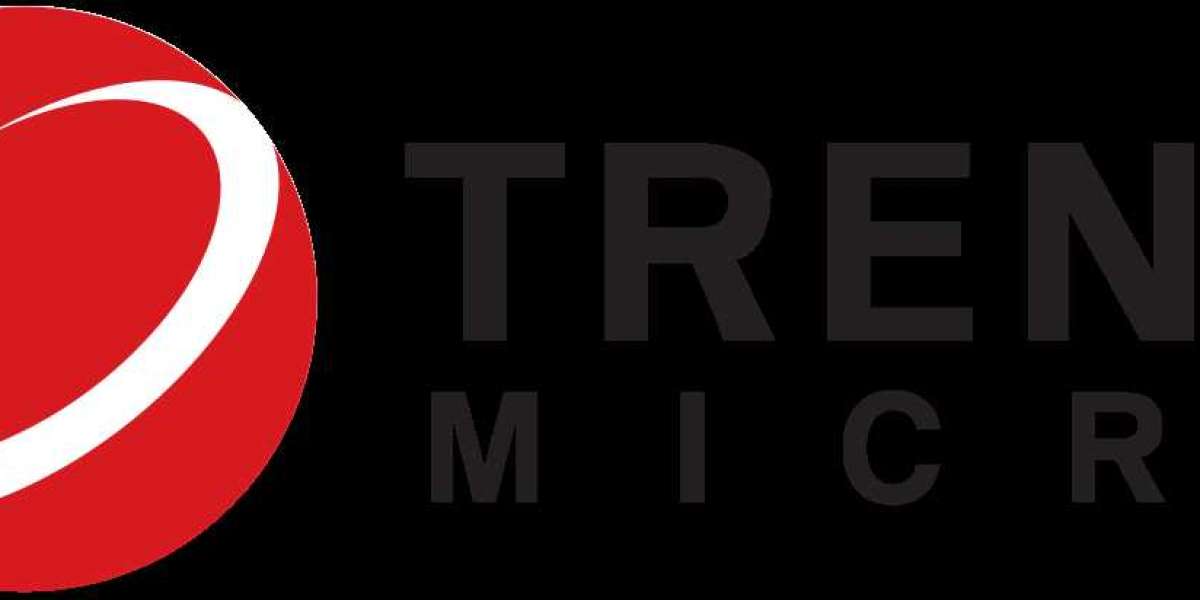There Are Two Basic Types of Air Filters in Air Purifiers: One That Removes Particulates, One That Removes Gases, and Some Even Remove Volatile Organic Compounds(VOC).
一.The Benefits of Air Purifiers
- Reduce Allergen Load in the Air
Air Purifiers Help Control Environmental Triggers for Allergy Sufferers Thanks to the (HEPA) Filter Capable of Handling 99.97% of 0.3 Micron-sized Air Pollutants. if You Have Allergies or Hay Fever, Having an Air Purifier in the Room Where You Sleep or Work Can Be Very Helpful Because It Can Reduce Your Symptoms by Keeping the Allergen Load in the Air As Low As Possible.
- Helps Filter Harmful Chemicals
If You Use Chemical Cleaners or Have Appliances in Your Home That Emit Ozone or Other Pollutants, an Air Purifier May Help Reduce the Amount of These Pollutants You Inhale.
- Helps Remove Dust and Pet Dander
Microbial Contaminants Such As Dust, Pet Dander Have the Potential to Irritate Our Respiratory System. Most Dust Particles Are 5 Microns or Smaller in Size, and Most Pet Dander is Even Smaller at About 2.5 Microns, Which is Entirely within the HEPA Filter within the Capture and Filter Range.
- Helps Remove Mold Spores from the Air
Mold Spores Can Be As Small As 4 Microns, Which Means That Installing an Air Purifier with a HEPA Filter in Your Home Can Reduce the Number of Mold Spores in the Air, Helping Prevent More Mold from Developing.
- May Relieve Asthma Symptoms
Air Pollutants Such As Smoke, Pollen and Dust Can Trigger Asthma Attacks, and if You Have Asthma Symptoms, an Air Purifier Can Help You Manage Air Quality and Limit Your Exposure to These Pollutants.
二. How to Choose an Air Purifier
- HEPAFilter + Activated Carbon Filter
HEPA Filters Are Very Effective at Capturing Small Pollutant Particles from the Air, and Activated Carbon Filters Absorb Certain Volatile Organic Compounds As Well As Chemical and Gaseous Pollutants in the Air, Capturing Pollutants That HEPA Filters Cannot. for the Cleanest Air, Choose a Purifier That Has Both a HEPA Filter and an Activated Carbon Filter.
- Has a Fan
A Fan is the Most Efficient Way to Draw Air into the Purifier. Some Purifiers Don't Use a Fan, and These Models Are Quieter, but They Usually Take Longer to Filter the Air and May Not Do the Job.
- There is a Service Indicator
The Service Light Reminds You when to Clean or Replace the Filter. Lights Up After a Certain Amount of Use, and a Good Indicator Will Tell You when the Filter is Dirty. Early Warning is Important Because You Definitely Don't Want to Run a Dirty Filter.
- Efficiency Class
CADR (clean Air Delivery Rate) is a Measure of How Fast a Purifier Can Remove 3 Types of Pollutants from the Air: Smoke, Dust and Pollen. Look for CADR Above 200 for Each Type of Contaminant and Skip Anything Below 100. CADR is Based on Square Footage, So Be Sure to Choose a Model That Fits the Room Size You Need to Filter.
Energystar-certified Air Purifiers Are at Least 40% More Efficient Than Non-certified Units. in Addition to Reducing Greenhouse Gas Emissions, Certified Models Can Save Electricity over Time.
- Avoid Ozone-producing Air Purifiers
Ozone is a Known Lung Irritant, and High Concentrations Can Worsen Asthma Symptoms and Impair Our Ability to Fight Respiratory Infections. Air Purifiers That Use Electrostatic Precipitator or Ionizer Technology Electronically Charge Pollutants As They Enter the Unit and Produce Small Amounts of Ozone, So They Are Hard to Avoid. but Other Air Purifiers Known As Dedicated Ozone Generators Are Designed to Generate a Lot of Ozone, and We Recommend Avoiding Them Entirely.
If You Need an Air Purifier at a Great Price, You Can Visit the Tigerlittle Website:https://www.tigerlittle.com/









